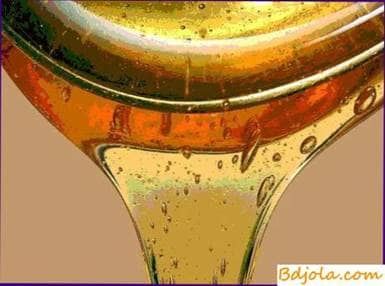
Swallow honey honey bees make from the fragrant nectar of a very valuable melliferous plant of the swallow. It is estimated that from a nectar harvested from a hectare of a blooming swallow, bees produce an average of 600 kg of honey. Swallow honey – light, with a yellow tinge, has a delicate aroma, excellent in taste. In hot dry weather in the honeycomb it is so concentrated that it is difficult to pump out even when it is heated.
Подкормка пчел сытой. Обработка пчел щавелевой кислотой.
Bee Honey